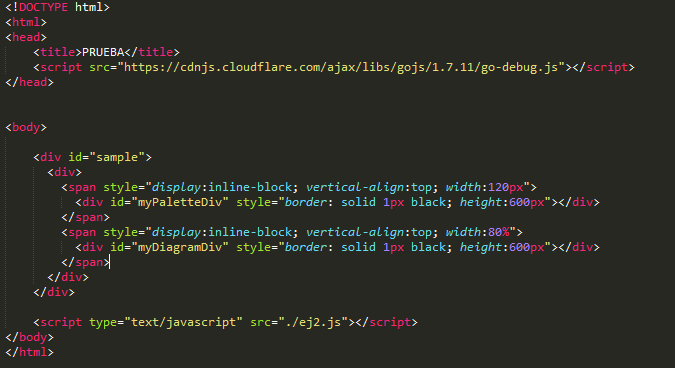

- #Javascript run as soon as element renders how to
- #Javascript run as soon as element renders software
- #Javascript run as soon as element renders code
CSSOM is to CSS what DOM is to HTML, except that it deals with the styling of a webpage rather than its structure. The CSSOM contains all the selectors and selector properties needed to correctly render the page. The CSSOM, or the CSS Object Model, is a set of application programming interfaces for accessing and modifying the style-related information of a webpage. DOM provides an object-oriented representation of a webpage and allows a programming language, such as JavaScript, to easily access the document structure. DOM presents the elements of a webpage as individual nodes and objects, allowing different programming languages to interact with the content of the page. The DOM, or Document Object Model, is an application programming interface that represents the structure and content of a web document, typically in the form of HTML. DOM, CSSOM, and render tree are three of the most basic concepts of webpage rendering.
#Javascript run as soon as element renders how to
What are DOM, CSSOM and render tree?īefore we proceed with explaining how webpage rendering works and how to optimize it for a better performance, let’s review the three essential terms you will come across more than once within our guide. By making sure that your webpage is correctly rendered across different browsers and browser engines, you avoid rendering issues and ensure user retention. This is why cross-browser testing is such an important part of quality web development. The way different browser engines process HTML, CSS, XML, and other types of data can also differ slightly. The examples of browser engines include Blink for Google Chrome, Gecko for Mozilla Firefox, and WebKit for Apple Safari. This part is known as a browser engine, and there are actually fewer engines than there are browsers.

#Javascript run as soon as element renders software
However, not many people know about the smaller piece of software within their favorite browser that is actually responsible for most of the operations. Most users have strong preferences when it comes to web browsers: people will hold on to their Google Chrome, Mozilla Firefox, Apple Safari until they find a very strong reason to move on to another option. This piece of software is responsible for retrieving files from a remote server or a local disk and displaying them for the user in a certain manner that provides for an easy and effective user interaction. A web browser is one of the most familiar types of software for modern internet users. Since most of the rendering work we are discussing today is done by browsers, it makes sense to discuss them in slightly more detail. And you definitely don’t want the visitor of your page to experience any of the common rendering issues, such as the dreaded Flash of Unstyled Content. Every website page is designed with the end user in mind.
#Javascript run as soon as element renders code
Rendering a webpage is the process of turning HTML, CSS, and JavaScript code into an interactive page that website visitors expect to see when clicking on a link. Still, here are the webpage rendering basics to get you started. Of course, you always have the option to outsource your web development needs or hire JavaScript developers to make sure your web products both look and perform flawlessly. Taking the time to understand and implement the best practices of webpage rendering will allow you to avoid some of the most common performance problems. Moreover, the information is mostly scattered and there aren’t a lot of universally trusted sources you can use for guidance.Īt the same time, it’s important to have a complete understanding of the concept of rendering and its execution in the early stages of your web development project while you are still working on the page layout. However, there is a lot of conflicting information on the internet about rendering, both when it comes to basics and the more intricate parts of rendering a webpage. Webpage rendering is not a brand new or a particularly obscure aspect of web development.


 0 kommentar(er)
0 kommentar(er)
